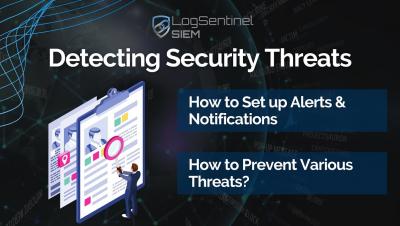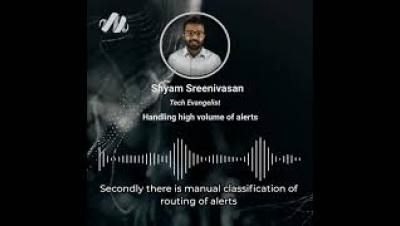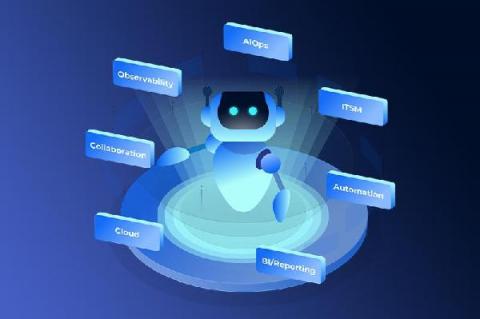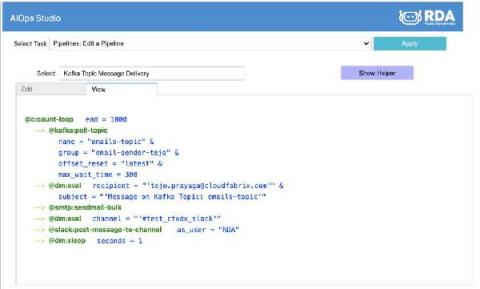Detecting Security Threats: How to Set up Alerts and Prevent Threats?
Detecting and preventing security threats is a lot easier than fixing already existing ones. With this in mind, you should set up alerts to detect security threats before they occur and do your best to prevent them from happening. There are many ways to set up security alerts. One way to set up alerts is to use a SIEM system such as LogSentinel SIEM, which will send you an alert if something suspicious happens. This way, for example, if you notice a potential security breach, you can turn off your system network in order to prevent the hacker from accessing your network.










